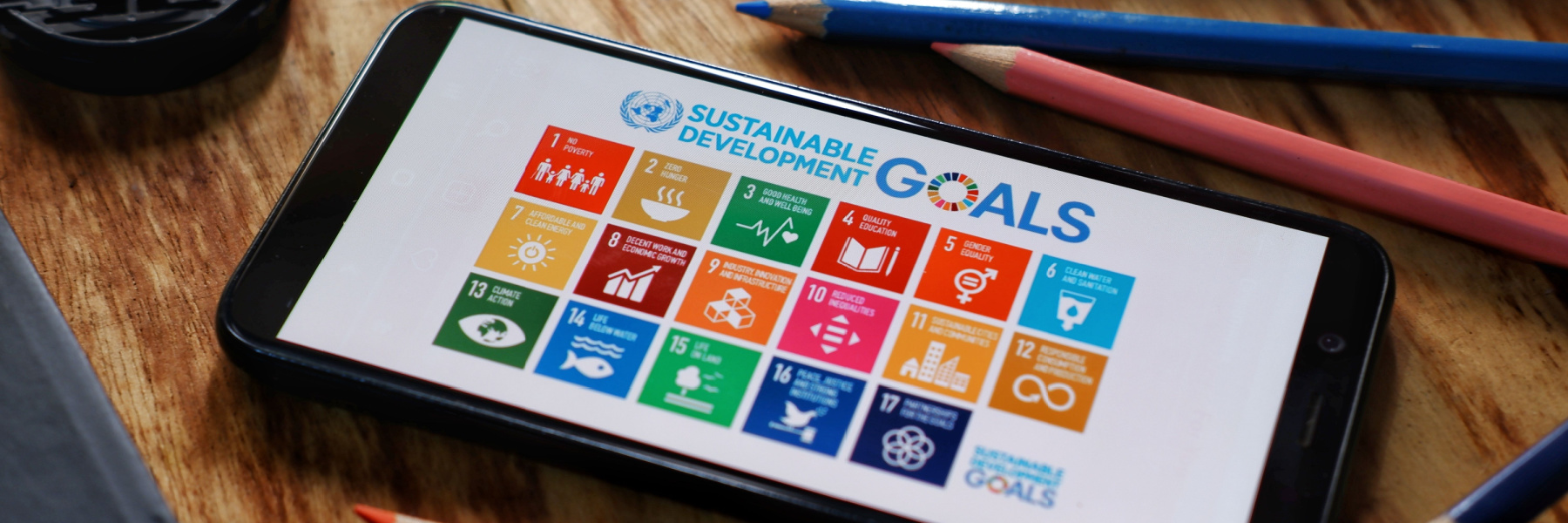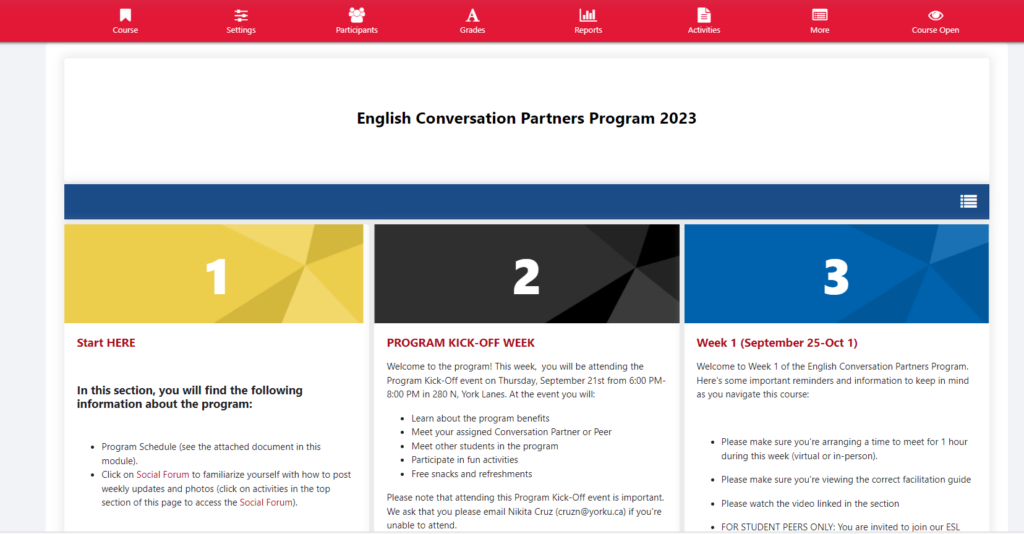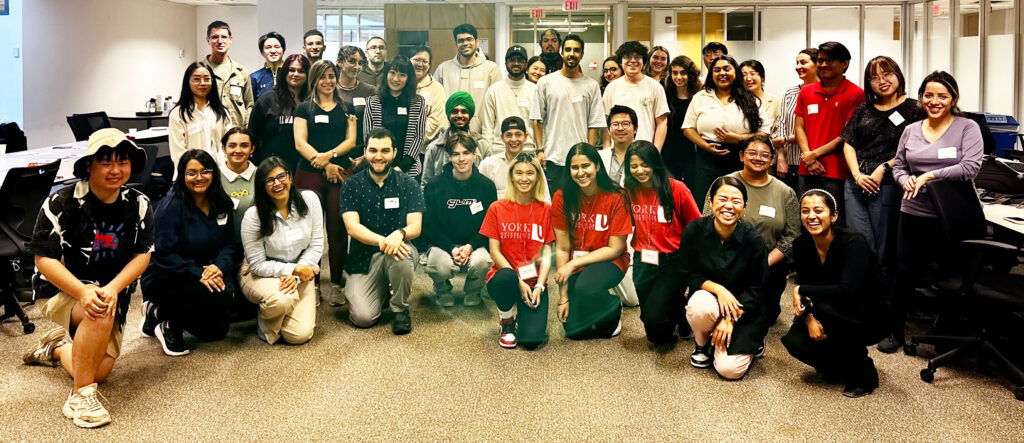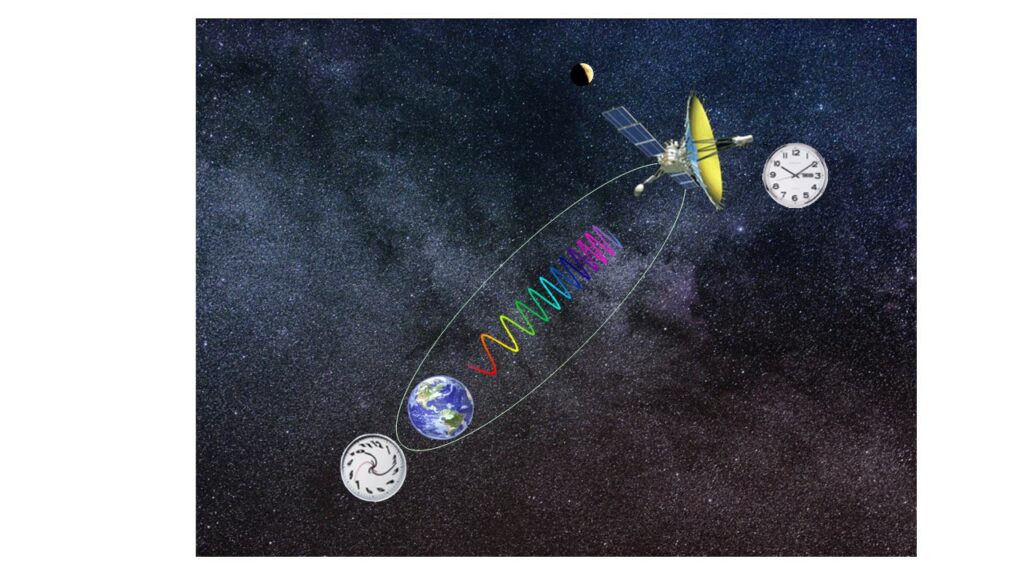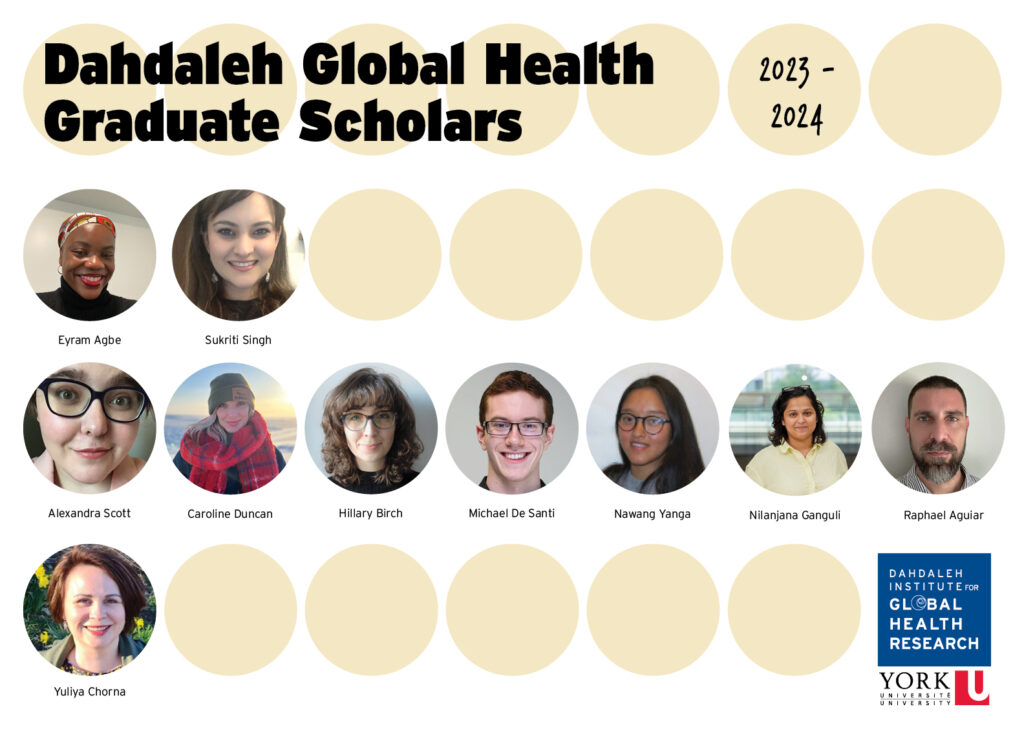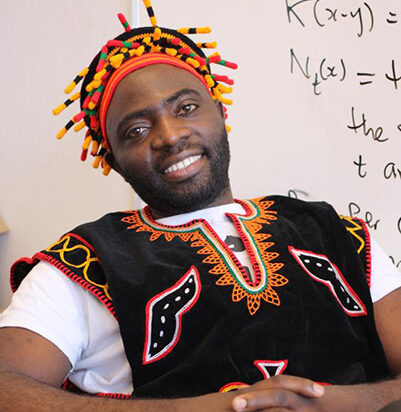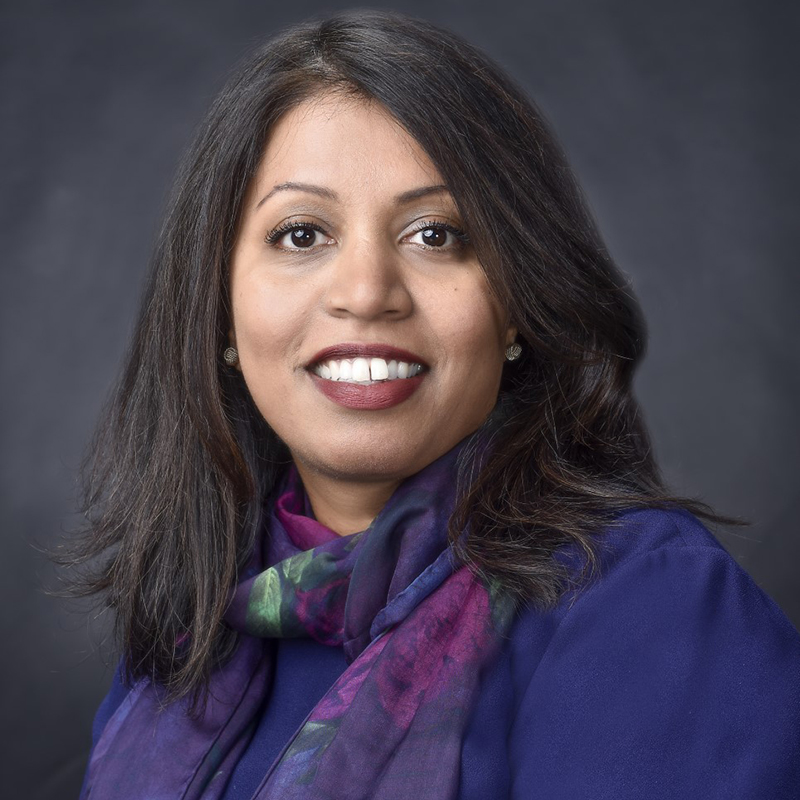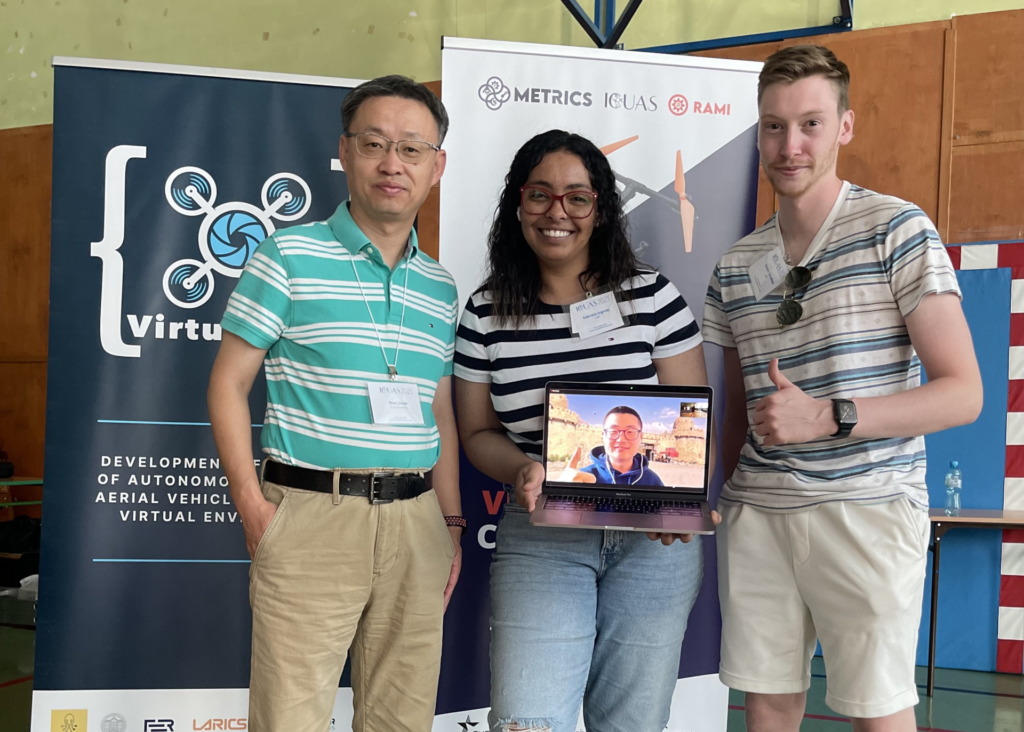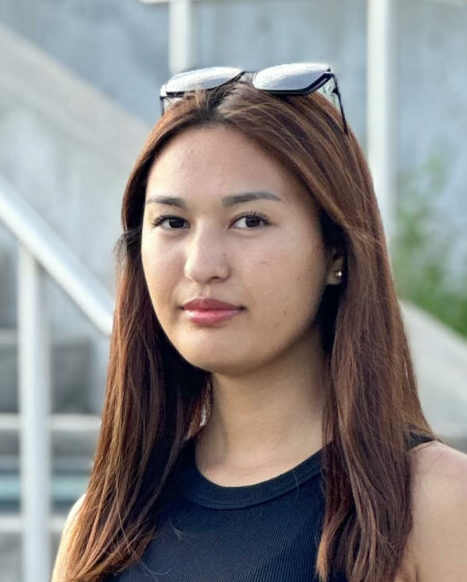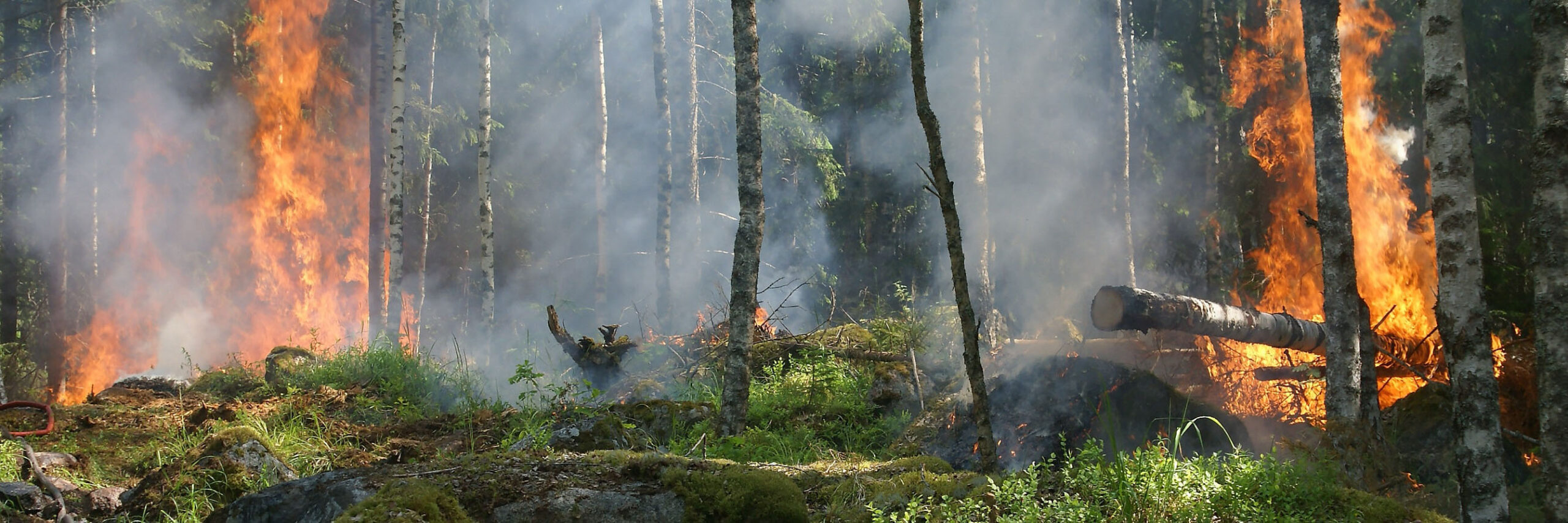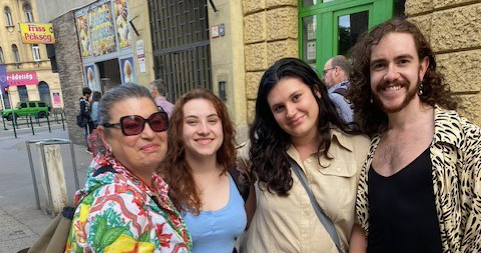By Elaine Smith
Summer 2023 saw the C4 (Cross-Campus Capstone Course) team turn its gaze to a challenge issued by York University Libraries (YUL).
The C4 course, inaugurated in 2019 by co-founding faculty members Franz Newland (Lassonde) and Danielle Robinson (School of the Arts, Media, Performance & Design), provides students with an opportunity to work effectively in interdisciplinary teams on real-world challenges with social impact. Since C4’s inception, YUL faculty have collaborated on the design and development of this initiative, offering important interdisciplinary wisdom and insights along the way.

The relationship changed this summer as YUL became a C4 project partner for an entire class of C4 students, searching for insights into how its own programs could more directly support the United Nations Sustainable Development Goals (SDGs). After four years of contributing to the C4 initiative, Dana Craig, director of student learning and academic success for YUL, was seconded to the C4 leadership team in 2022-23. In this new role, she began to explore new and deeper ways that C4 and YUL could collaborate. She pitched a challenge to C4 students that focused on SDG 17 (partnerships for the goals): how can a university library be reimagined as a platform for local and global community engagement, knowledge mobility and sharing economies?
“The question was perfectly aligned with both our Keele Campus and our Casita Azul library project on the Las Nubes Campus in Costa Rica,” said Craig, “but that’s the beauty of C4. The students take a look and break the question down into what they think it’s all about. These students – five groups of 10 – wanted to apply the question in a variety of spaces.
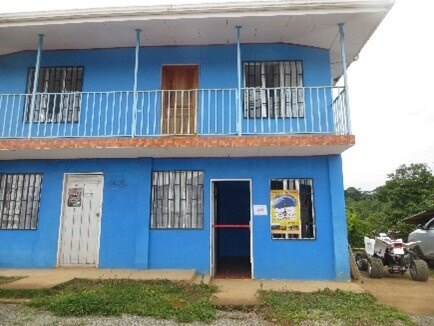
“It became a beautiful opportunity to get students to shake us up a bit by telling us what they need and how they want us to operate. The library should not just be viewed as a support – we are constantly innovating in different ways, too. What else can we do to benefit students and our communities?”
Each of the groups decided on a topic to explore. They were also required to establish a budget, do research, determine how to promote their idea and think about how to make it sustainable. Craig connected them to the library personnel and resources most suited to their research. She also introduced them to the Media Creation Lab, where they could work with digital technology to create a podcast, borrow a 360-degree camera or learn how to edit a video, among other possibilities.
The student teams presented their solutions to the leadership team. One group suggested connecting with the community by offering skills workshops that focused on topics that would appeal to 18-to-25-year-olds, such as financial literacy or how to assess the validity of online information. A second team reimagined the library’s website, designing a simpler gateway to make it more user-friendly. A third group created an artificial intelligence (AI) bot to make it easier to search for open-access resources in any language. A fourth team envisioned a platform where authors could publish open-source material and converse with other authors on the same topic, while the final group designed a book exchange where students could bring a book and take a book in return.
“I could see every single one of these projects being explored by the library, with us working towards some implementation based on the students’ final projects,” Craig said.
Robinson was delighted to have YUL take a project partnership role this summer.
“York University Libraries have been a strong partner of C4 from the very beginning,” Robinson said. “Libraries foster vital interdisciplinary spaces on campus, just like C4, so our values are in direct alignment and energize our collaboration. I am glad the project partnership this summer gave us a chance to give back to the libraries.
“Now, Dana has a 360-degree view of C4 – she has supported students in the classroom and as a member of our leadership team. She has seen, close up, what the students can do and their extraordinarily creative problem solving. Being inside C4 in this way provides a unique perspective; it allows you to see the power of a York degree in action and the unique talents our students bring to the challenges the world is facing.”
For her part, Craig had nothing but compliments for the C4 course and its impact.
“I’m quite impressed by C4’s way of teaching and involving students,” Craig said. “Students love it, and I can see them learning to apply skills, such as compromises about work and having respectful conversations. They are learning through doing and it’s a fantastic experiential education opportunity.”
She was also pleased to have the students brainstorm ideas for the library to consider.
“We don’t know what we don’t know, and additional lenses on how students see and experience their learning and research environments are always valuable and welcome as additional avenues for us to explore.”


